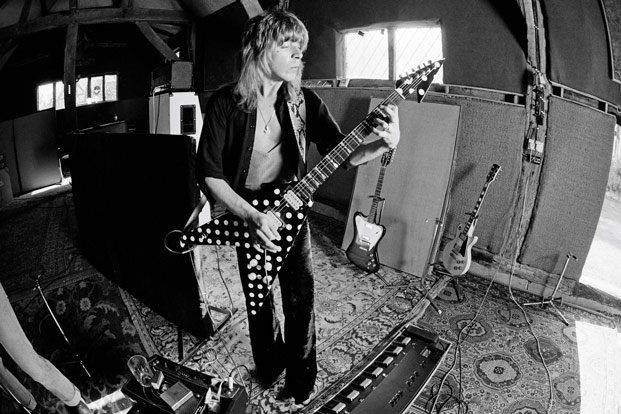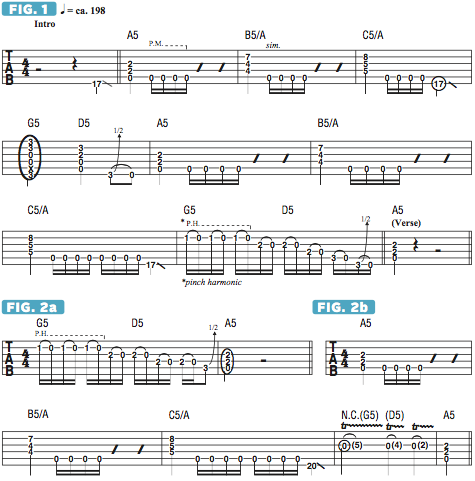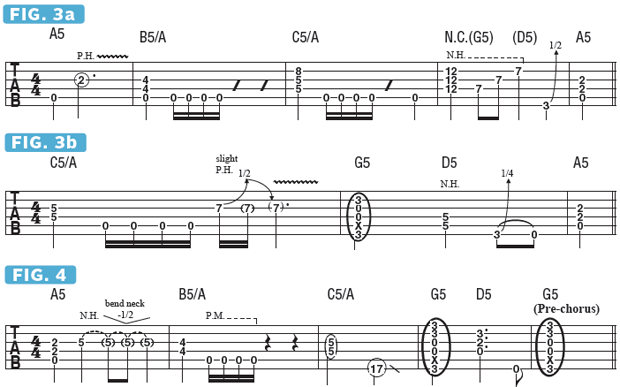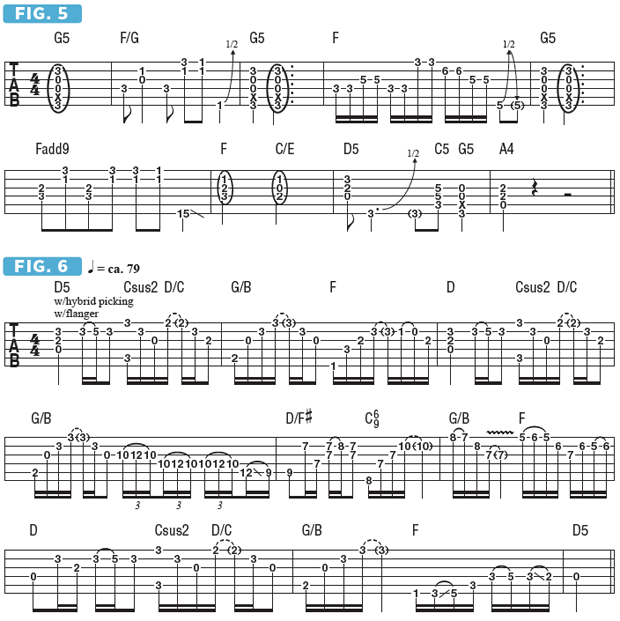How to Play Ozzy Osbourne's "I Don't Know"

Randy Rhoads, one of rock’s most brilliant and original guitarists, made his name on the strength of his spectacular playing on Ozzy Osbourne’s first solo efforts, Blizzard of Ozz and Diary of a Madman.
In this edition of In Deep, we’ll take a look at the live version of the Ozzy/Randy classic “I Don’t Know,” included with the 30th anniversary remaster of Blizzard.
Let’s begin with a quick rundown of Randy’s gear. On Blizzard of Ozz, Randy tuned his guitar to concert pitch (A=440) and used a standard .009–.042 string set.
For Diary, he tuned down one half step and switched to a set of .010–.046 strings. His main guitars during his time with Ozzy were his 1970 white Les Paul Custom, his custom-made Karl Sandoval polka-dot Flying V and his custom-made Jackson Flying V guitars: one black, and one white, which he christened the Concorde. Randy’s primary amplifiers were Marshall model 1959 100-watt heads, most likely early Seventies versions with metal fronts, and he used a variety of MXR effect pedals, such as the Distortion +, Stereo Chorus, Flanger and 10-Band Graphic Equalizer, along with a Vox Cry Baby wah. For the live version of “I Don’t Know,” Randy added a subtle twist to the song’s intro.
As shown in FIGURE 1, after sliding down from the 17th-fret A root note on the sixth string, he plays a sequence of power chords—A5, B5/A and C5/A—against a palm-muted open A-string pedal tone, followed by G5-D5 and then a restatement of the opening theme. In bar 8, he performs a series of pull-offs across all the strings except for the high E. For the first three C-B pull-offs on the B string, use a hard pick attack and your thumb graze the string to create the squealing “pinch harmonics” (P.H.), as Randy does. On the studio version of the song, Randy played a simpler version of this pull-off lick, as illustrated in FIGURE 2a.
In every version of “I Don’t Know,” Randy played something slightly different in this spot, which comes right before the verse vocal enters. Another signature variation is to play fast pull-offs on the G string from different fretted notes, as Randy often did at the end of the first chorus. An example of this is shown in FIGURE 2b. The primary riff appears many times throughout the song, and Randy always spun variations on it, such as adding artificial and natural harmonics in different spots.
FIGURE 3a includes a pinch harmonic on A in bar 1 and natural harmonics (N.H.) over both the G and D chords in bar 4. A natural harmonic is sounded by lightly laying a fret-hand finger directly above a specific fret as you pick the string. FIGURE 3b offers a string-bending variation that Randy would use across bars 3 and 4 of the riff. Another great variation is the “neck-bending” trick shown in FIGURE 4.
After sounding a natural harmonic at the G string’s fifth fret, secure the body of the guitar while pushing against the back of the headstock, which will cause the note to drop in pitch. Exercise caution, however—Slash once cracked the neck on his favorite Les Paul by pushing just a little too hard. Randy’s adventurous nature inspired him to creatively interpret each section of the song, as he often did during the pre-chorus as well.
FIGURE 5 illustrates his approach to the first pre-chorus on the new live version. Notice the ways in which he approaches the figures over F/G in bars 2, 4 and 6. The bridge of “I Don’t Know” shifts to half time, and here Randy arpeggiates most of the chords in the progression by picking each note individually in succession and allowing them to sustain.
See FIGURE 6. Randy’s live guitar solo includes a few subtle differences from the one he plays in the studio version. The first four bars, based on the G blues scale (G Bb C C# D F) in 15th position, are shown in FIGURE 7. FIGURE 8 illustrates the next four bars, wherein Randy bends the B string while tapping onto the fretboard three frets higher with the edge of the pick, then trills between the open G string and Bf at the third fret while pushing on the string behind the nut, raising the pitch. FIGURE 9 shows the end of the solo, with bars 1 and 2 based on a melodic “shape” that chromatically descends the fretboard, moving into a classic G blues scale/Aeolian (G A Bb C D Eb F) lick in bar 3.




Get The Pick Newsletter
All the latest guitar news, interviews, lessons, reviews, deals and more, direct to your inbox!
Guitar World Associate Editor Andy Aledort is recognized worldwide for his vast contributions to guitar instruction, via his many best-selling instructional DVDs, transcription books and online lessons. Andy is a regular contributor to Guitar World and Truefire, and has toured with Dickey Betts of the Allman Brothers, as well as participating in several Jimi Hendrix Tribute Tours.
“There are so many sounds to be discovered when you get away from using a pick”: Jared James Nichols shows you how to add “snap, crackle and pop” to your playing with banjo rolls and string snaps
Don't let chord inversions bamboozle you. It's simply the case of shuffling the notes around









![Joe Bonamassa [left] wears a deep blue suit and polka-dotted shirt and plays his green refin Strat; the late Irish blues legend Rory Gallagher [right] screams and inflicts some punishment on his heavily worn number one Stratocaster.](https://cdn.mos.cms.futurecdn.net/cw28h7UBcTVfTLs7p7eiLe.jpg)


